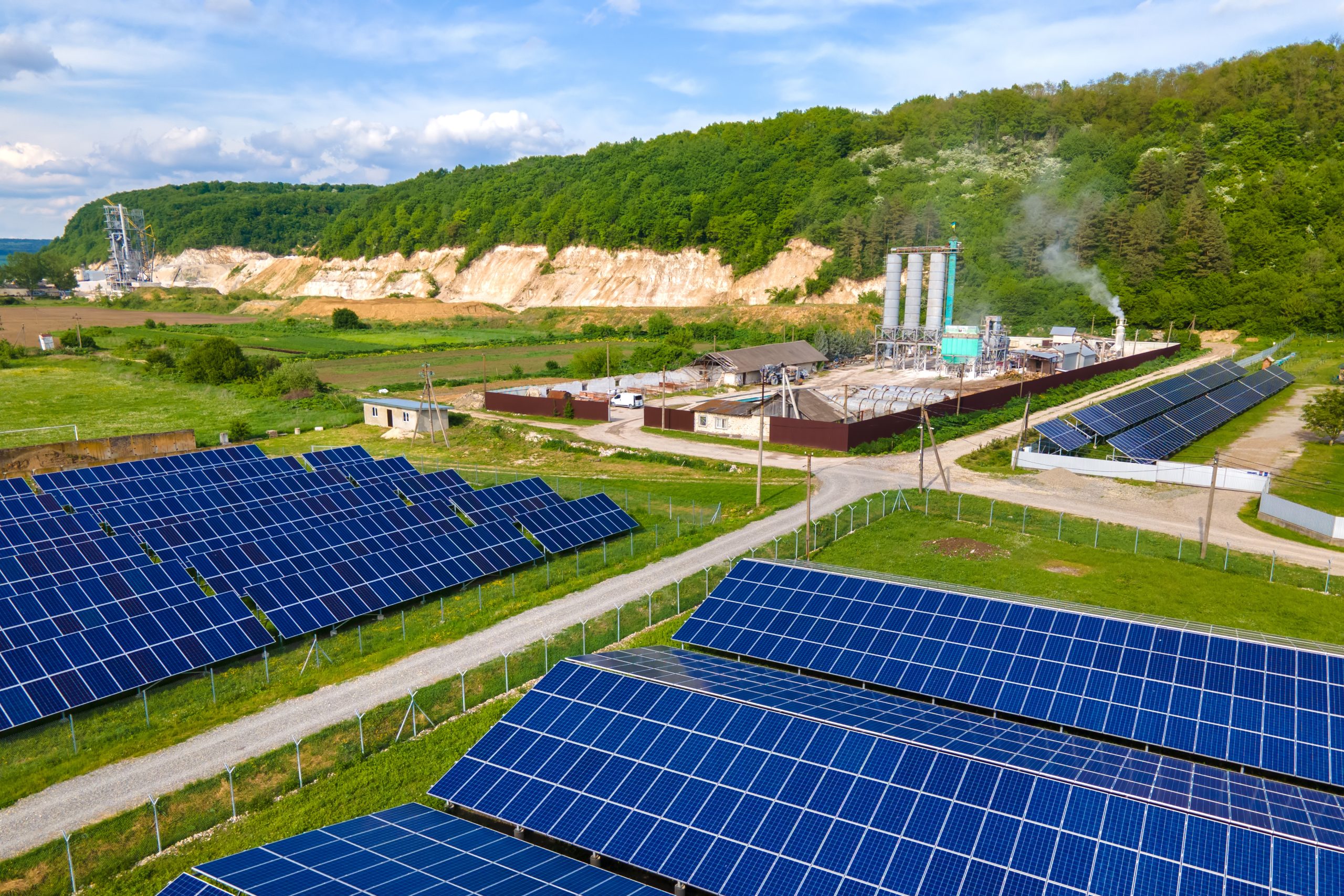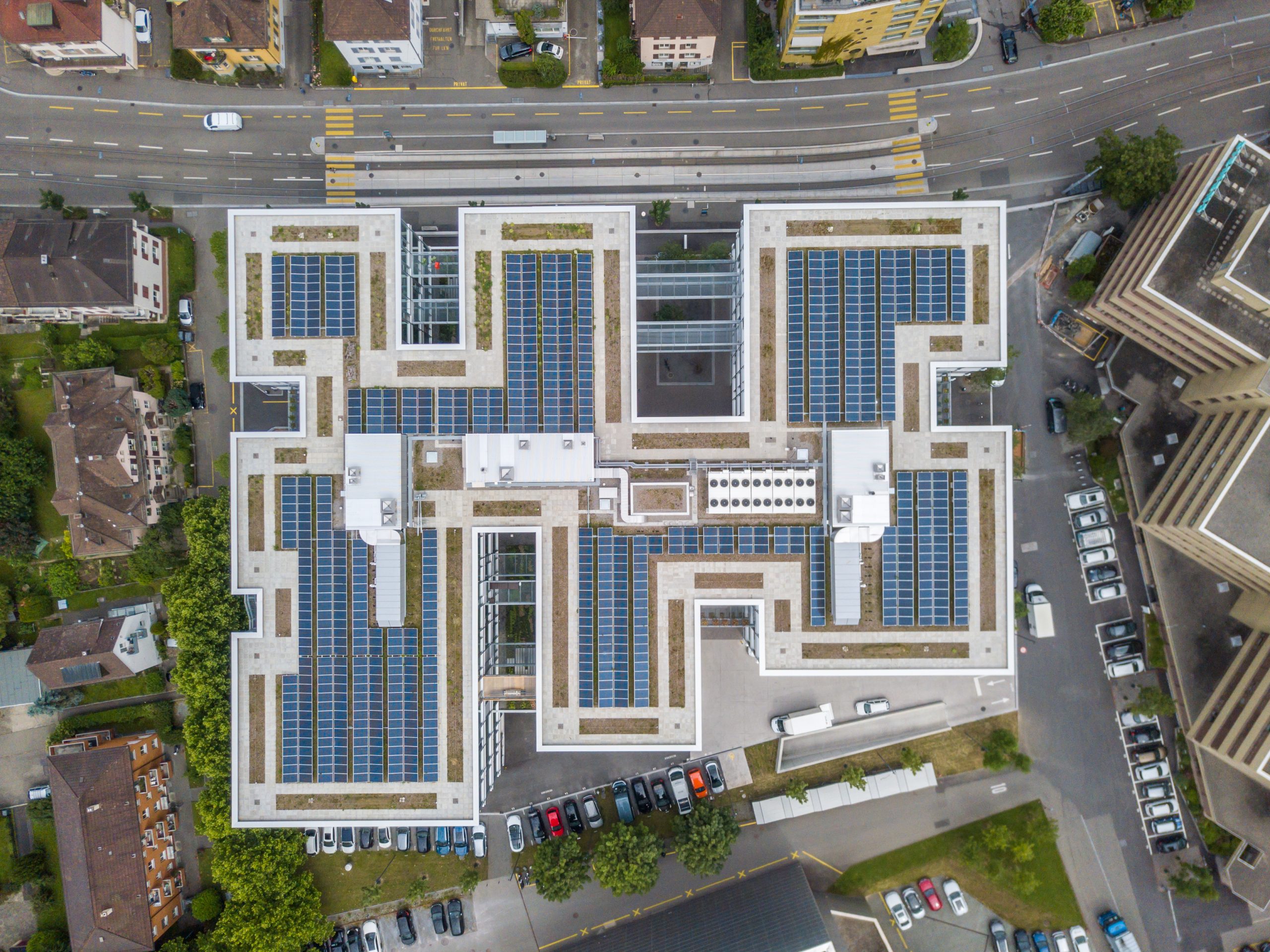Property owners evaluating solar investments in 2025 face a pivotal choice: install an off grid solar energy system for complete independence or opt for grid-tied solutions under Malaysia's updated regulatory framework. With TNB's new component-based billing structure and revised solar guidelines from the Energy Commission, understanding the financial implications of each option is crucial.
As Malaysia accelerates its renewable energy adoption, property owners must carefully evaluate their solar investment options. The choice between grid independence and utility integration impacts not just immediate costs, but long-term operational flexibility and financial returns.
Solar System Types: Off-Grid, Grid-Tied & Hybrid Explained
Understanding the distinct characteristics of each solar system type is crucial for making an informed investment decision. Each configuration offers unique advantages based on your location, energy needs, and financial objectives.
When evaluating system types, consider both immediate needs and future scalability. Each configuration presents distinct advantages that must align with your property's specific circumstances and operational goals.
Off-Grid Solar Energy System: Energy Independence Defined
Off grid solar energy systems function as standalone power plants for your property. These installations combine solar panels, battery banks, and smart controllers to deliver continuous power without utility connection. The setup proves essential for remote facilities or areas where grid connection costs exceed solar installation.
Grid-Tied Solar System: Integrated Supply & Cost Efficiency
Grid-tied systems represent the mainstream choice for Malaysian properties, operating under the Solar for Self-consumption Programme (SelCo). These systems connect directly to TNB's network, allowing bidirectional power flow and simplified energy management under the latest regulatory framework.
Hybrid Systems: A Strategic Blend of Storage & Grid Support
Hybrid configurations merge grid access with battery backup. Under the Energy Commission's 2025 guidelines, Battery Energy Storage Systems (BESS) become mandatory for larger installations starting 2026, marking a shift toward enhanced grid stability.
Cost & Investment Strategy: Comparing Upfront and ROI
The financial implications of solar installation vary significantly between system types. While initial costs differ substantially, long-term benefits must be weighed against your specific energy requirements and budget constraints.
While initial costs often drive decision-making, successful solar implementations require careful consideration of long-term performance metrics and reliability factors. Understanding these operational aspects helps ensure your chosen system delivers expected returns.
Off-Grid Systems: High CAPEX with Long-Term Autonomy
Off-grid setup costs include:
- Battery storage systems (20-30% of total cost)
- Backup power components
- Larger solar arrays for reliable generation
- Advanced control and monitoring systems.
These investments shield owners from TNB's new tariff structure and future rate increases.
Grid-Tied Systems: Lower CAPEX, Incentives & Faster Payback
Grid-tied installations offer clear financial advantages:
- 40-50% lower equipment costs vs off-grid
- Streamlined installation under 2025 SelCo guidelines
- Energy offset benefits matching TNB's component charges
- Minimal maintenance requirements
- Eligibility for government incentives.
Solar Financing in Malaysia: PPA, Leasing & Ownership Options
2025 financing pathways include:
- Capital purchase with Green Investment Tax Allowance
- Solar PPAs with zero upfront cost
- Commercial solar leasing programmes
- Green financing at preferred rates
- Special terms for industrial installations over 425kW.
Want to better understand your solar savings potential? Get a personalised cost analysis that factors in your energy usage patterns, available incentives, and long-term ROI projections.
Performance & Reliability: Matching Systems to Site Needs
System reliability directly impacts your operations and return on investment. Each configuration offers different performance characteristics that must align with your facility's specific requirements and operational patterns.
The technical considerations of commercial solar adoption extend beyond simple power generation. Each system type offers unique operational characteristics that must match your specific use case and reliability requirements.
Off-Grid Strengths: Resilience for Remote or Critical Operations
Off-grid systems deliver:
- Zero dependency on utility infrastructure
- Blackout immunity
- Custom sizing for specific load profiles
- Remote monitoring capabilities
- Full control over power quality.
Grid-Tied Advantages: Seamless Supply & Simplified Management
Grid-tied benefits include:
- Dynamic power balancing
- Reduced storage requirements
- Lower operational complexity
- Automated grid synchronization
- TNB backup power access.
Making an informed solar decision requires answering fundamental questions about your energy needs, infrastructure requirements, and financial capabilities. Consider these key questions as you evaluate your options.
Smart Solar Decisioning: 3 Questions to Define Your Strategy
Before finalising your solar investment decision, consider these fundamental questions that will shape your system's design, implementation, and long-term success:
Question 1: "Should I go off-grid or stay connected?"
- Evaluate your current TNB supply reliability
- Consider distance to grid infrastructure
- Assess existing power quality issues
- Factor in future expansion plans
- Review local grid connection costs
Question 2: "What's my actual power requirement?"
- Calculate total energy consumption patterns
- Identify critical operations and backup needs
- Map peak usage times and seasonal variations
- Consider future facility expansions
- Document power quality requirements
Question 3: "Which financing model makes the most sense?"
- Compare upfront costs versus monthly payments
- Review available government incentives
- Calculate potential energy cost savings
- Analyse different ownership structures
- Evaluate ROI timelines for each option.
Your answers to these strategic questions will guide system selection, sizing, and implementation approach. Working with experienced EPCC providers ensures these considerations translate into effective solar solutions.
Northern Solar’s EPCC Role in Off Grid Solar Energy System Projects
As a leading EPCC provider with a proven track record of successful installations and full compliance with the Energy Commission's 2025 guidelines, Northern Solar handles all technical complexities while you focus on your core business. Our EPCC expertise ensures your solar investment delivers maximum returns through optimal system design and professional implementation.
Whether you're considering an off grid solar energy system for complete independence or a grid-tied solution for optimal savings, the transition to solar power represents a significant step toward energy security and sustainable operations. With proper planning and expert implementation, your solar investment can deliver reliable power and attractive returns for decades to come.
Ready to explore your solar options? Send us your enquiry or request for a detailed assessment from our technical team today.






